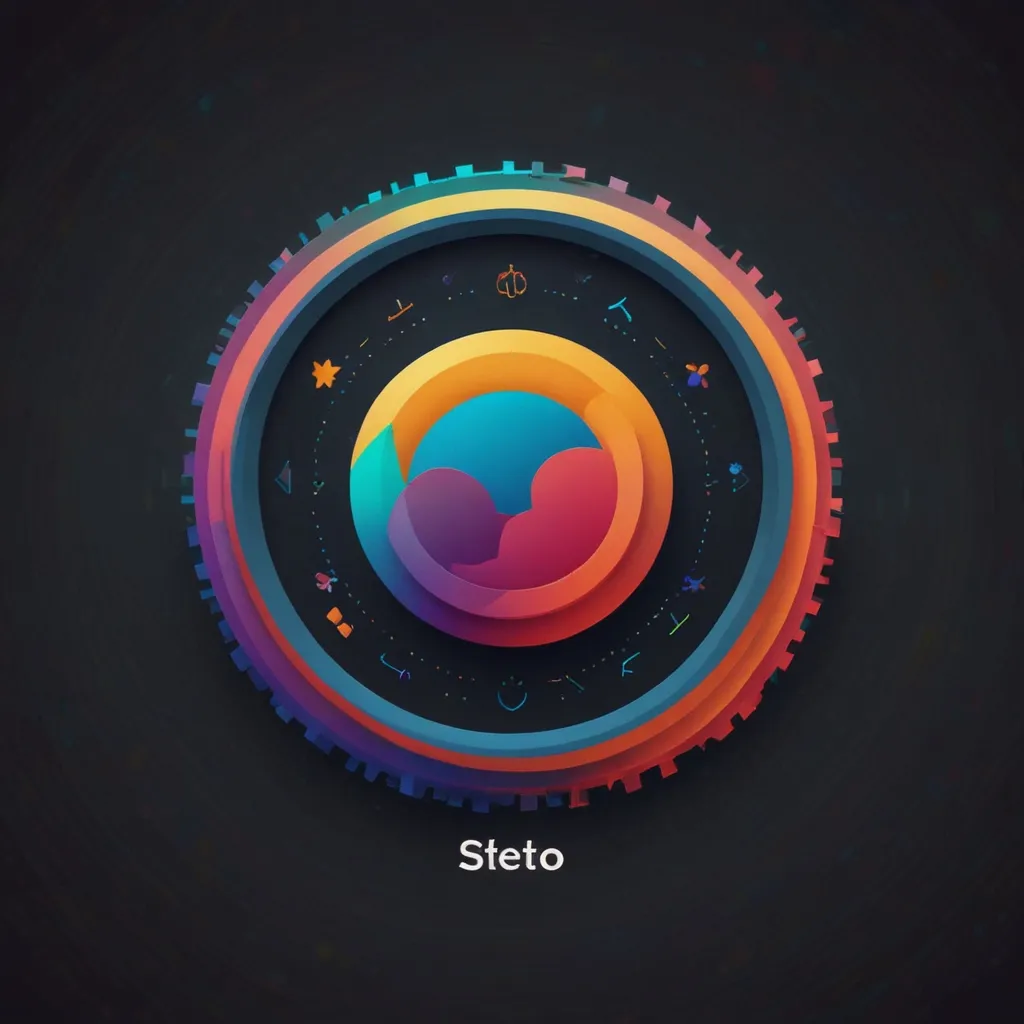Rust’s trait object safety is a fascinating aspect of the language that often goes under the radar. I’ve spent countless hours wrestling with it, and I’m excited to share what I’ve learned.
At its core, trait object safety is about ensuring that traits can be used safely with dynamic dispatch. This might sound a bit abstract, so let’s break it down.
In Rust, we often work with traits to define shared behavior. For example, we might have a Draw trait for things that can be drawn on screen. But sometimes, we want to work with different types that implement this trait without knowing exactly what they are at compile time. This is where trait objects come in.
A trait object is like a box that can hold any type that implements a particular trait. It’s incredibly useful for creating flexible, extensible code. But not all traits can be used as trait objects. This is where object safety comes into play.
For a trait to be object-safe, it needs to follow certain rules. These rules might seem restrictive at first, but they’re there for good reasons. They ensure that Rust can safely use dynamic dispatch without compromising its strong safety guarantees.
Let’s look at some of these rules:
- The trait must not have any associated functions that don’t have a
selfparameter. - All methods must be object-safe.
- The trait cannot have associated types.
- It must not use
Selfas a type parameter.
These rules might seem arbitrary, but they’re carefully designed to prevent certain types of runtime errors and maintain Rust’s safety guarantees.
Let’s dive into an example to see how this works in practice:
trait Draw {
fn draw(&self);
}
struct Circle {
radius: f64,
}
impl Draw for Circle {
fn draw(&self) {
println!("Drawing a circle with radius {}", self.radius);
}
}
struct Square {
side: f64,
}
impl Draw for Square {
fn draw(&self) {
println!("Drawing a square with side {}", self.side);
}
}
fn main() {
let shapes: Vec<Box<dyn Draw>> = vec![
Box::new(Circle { radius: 1.0 }),
Box::new(Square { side: 2.0 }),
];
for shape in shapes {
shape.draw();
}
}
In this example, Draw is an object-safe trait. We can create a vector of trait objects (Box<dyn Draw>) that can hold any type implementing Draw. This allows us to work with different shapes polymorphically.
But what happens if we try to add a method that breaks object safety? Let’s see:
trait Draw {
fn draw(&self);
fn new() -> Self;
}
Now our Draw trait is no longer object-safe. The new method doesn’t have a self parameter and uses Self as a return type, both of which violate object safety rules.
If we try to use Draw as a trait object now, we’ll get a compiler error:
error[E0038]: the trait `Draw` cannot be made into an object
--> src/main.rs:1:1
|
1 | trait Draw {
| ^^^^^^^^^^^ the trait `Draw` cannot be made into an object
|
= note: method `new` has no receiver
This error is Rust’s way of protecting us from potential runtime errors. If we could use this trait as a trait object, how would Rust know which type’s new method to call when we have a Box<dyn Draw>?
But don’t worry, there are ways to work around these limitations. One common approach is to split your trait into two: one for object-safe methods and another for methods that aren’t object-safe:
trait Draw {
fn draw(&self);
}
trait CreateDraw {
fn new() -> Self;
}
impl<T: Draw + Sized> CreateDraw for T {
fn new() -> Self {
// Default implementation
unimplemented!()
}
}
Now Draw is object-safe and can be used as a trait object, while CreateDraw provides a way to create new instances.
Another important aspect of trait object safety is its impact on API design. When designing public APIs, it’s crucial to consider whether your traits need to be object-safe. If they do, you’ll need to design them with the object safety rules in mind.
For example, if you’re creating a plugin system where users can define their own types that implement your traits, you’ll probably want those traits to be object-safe. This allows users to store their custom types as trait objects, enabling more flexible and extensible code.
On the other hand, if you’re working on internal APIs where you have full control over all the types, you might not need object safety. In these cases, you can freely use associated types, Self in method signatures, and other features that aren’t object-safe.
Let’s look at a more complex example to see how these concepts play out in practice:
use std::any::Any;
trait Plugin: Any {
fn name(&self) -> &str;
fn execute(&self);
}
struct Logger;
impl Plugin for Logger {
fn name(&self) -> &str {
"Logger"
}
fn execute(&self) {
println!("Logging some data...");
}
}
struct DataProcessor;
impl Plugin for DataProcessor {
fn name(&self) -> &str {
"DataProcessor"
}
fn execute(&self) {
println!("Processing some data...");
}
}
struct PluginManager {
plugins: Vec<Box<dyn Plugin>>,
}
impl PluginManager {
fn new() -> Self {
PluginManager { plugins: vec![] }
}
fn add_plugin(&mut self, plugin: Box<dyn Plugin>) {
self.plugins.push(plugin);
}
fn execute_all(&self) {
for plugin in &self.plugins {
println!("Executing plugin: {}", plugin.name());
plugin.execute();
}
}
}
fn main() {
let mut manager = PluginManager::new();
manager.add_plugin(Box::new(Logger));
manager.add_plugin(Box::new(DataProcessor));
manager.execute_all();
}
In this example, we’ve created a simple plugin system. The Plugin trait is object-safe, allowing us to store different plugin types in a Vec<Box<dyn Plugin>>. This design allows for great flexibility - we can add new plugin types without changing the PluginManager code.
But what if we wanted to add a method to create new plugins? We might be tempted to add a new method to our Plugin trait:
trait Plugin: Any {
fn name(&self) -> &str;
fn execute(&self);
fn new() -> Self; // This breaks object safety!
}
This would break object safety. Instead, we could use a factory pattern:
trait PluginFactory {
fn create(&self) -> Box<dyn Plugin>;
}
struct LoggerFactory;
impl PluginFactory for LoggerFactory {
fn create(&self) -> Box<dyn Plugin> {
Box::new(Logger)
}
}
// ... similar for DataProcessorFactory
Now we can create new plugins without breaking object safety:
let mut manager = PluginManager::new();
manager.add_plugin(LoggerFactory.create());
manager.add_plugin(DataProcessorFactory.create());
This approach maintains the flexibility of our plugin system while adhering to object safety rules.
Understanding trait object safety is crucial for writing flexible, extensible Rust code. It’s a key part of Rust’s type system that allows us to balance the power of dynamic dispatch with the safety guarantees that make Rust so robust.
As you design your Rust APIs, always keep object safety in mind. Ask yourself: Does this trait need to be used as a trait object? If so, design it to be object-safe from the start. If not, you’re free to use all of Rust’s powerful features without restriction.
Remember, trait object safety isn’t a limitation - it’s a tool. It guides us towards designs that are both flexible and safe. By mastering these concepts, you’ll be able to create Rust code that’s not just correct, but elegant and extensible too.
In the end, trait object safety is about more than just following rules. It’s about understanding the deeper implications for your code’s design and performance. It’s about creating APIs that are both powerful and safe. And most importantly, it’s about writing Rust code that’s a joy to use and maintain.
So next time you’re designing a trait, take a moment to consider object safety. Your future self (and your code’s users) will thank you for it.





